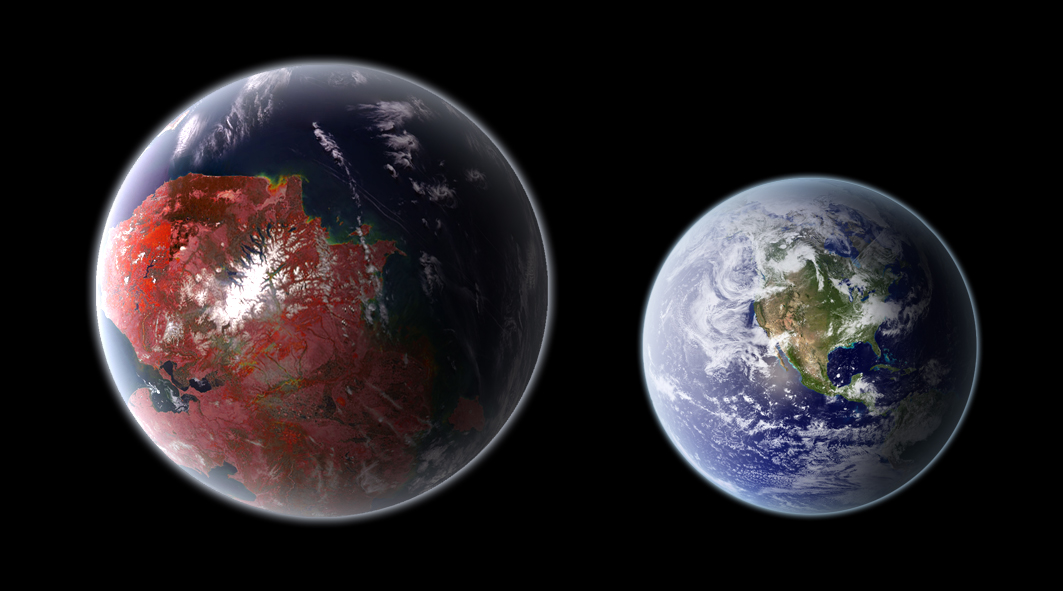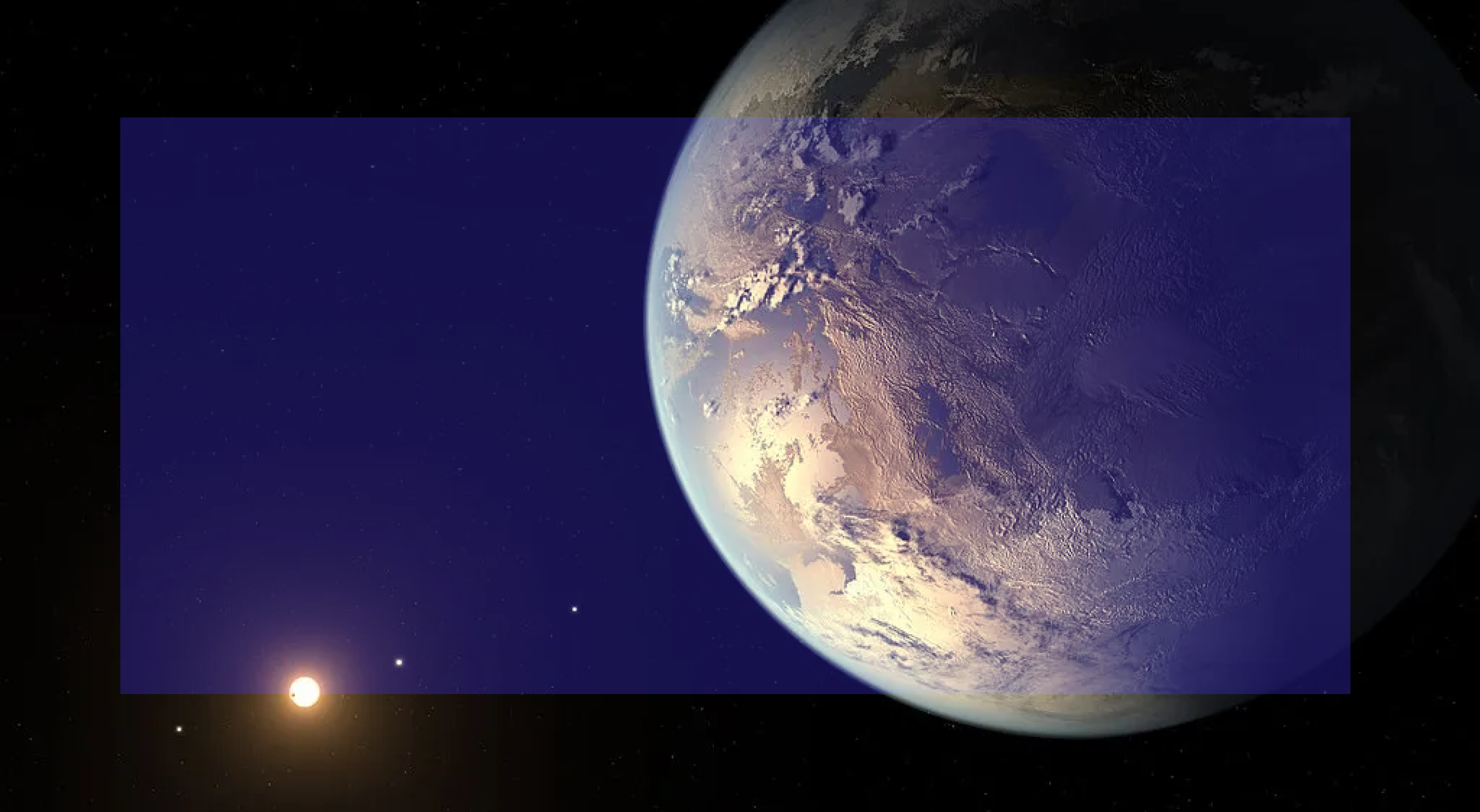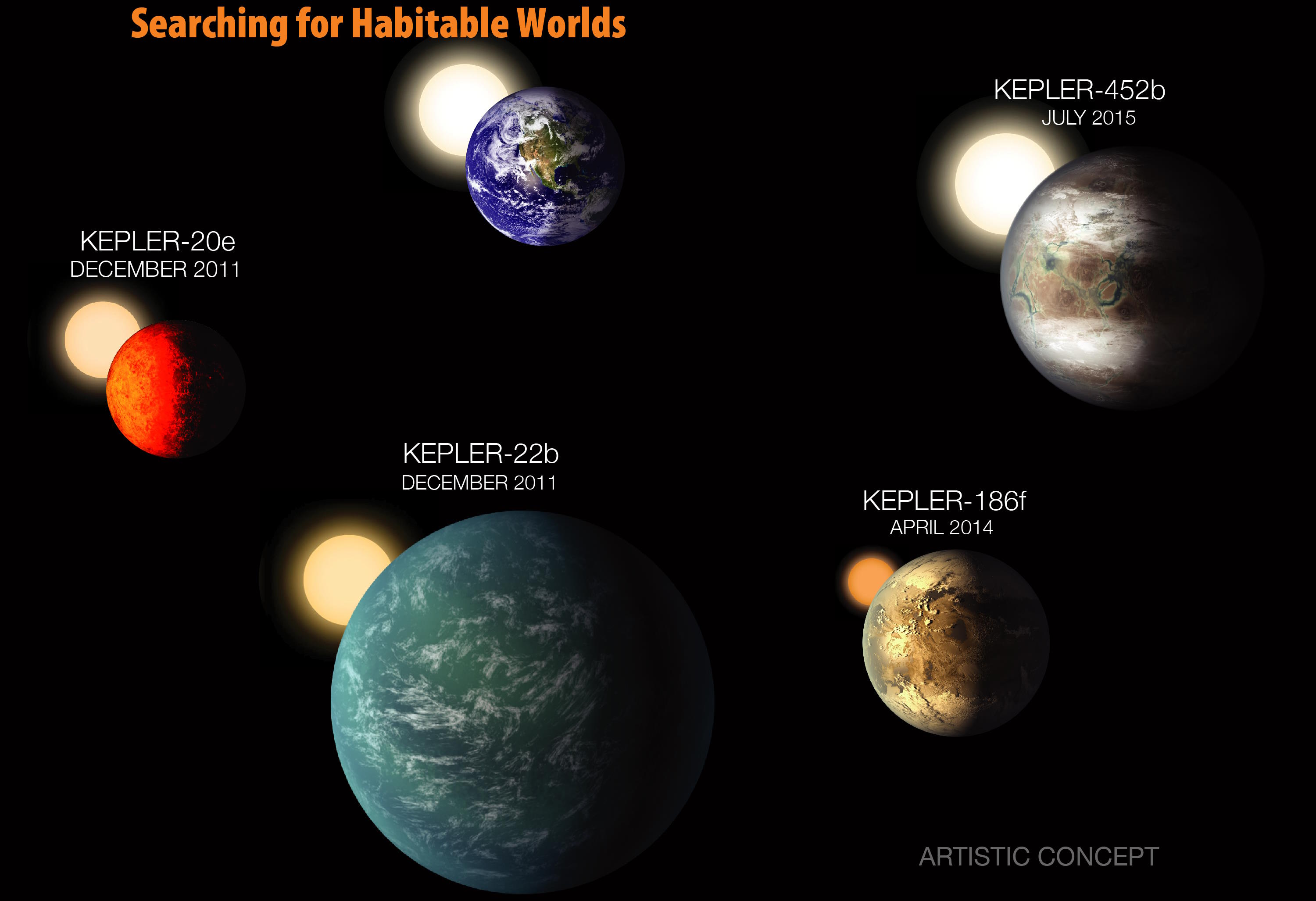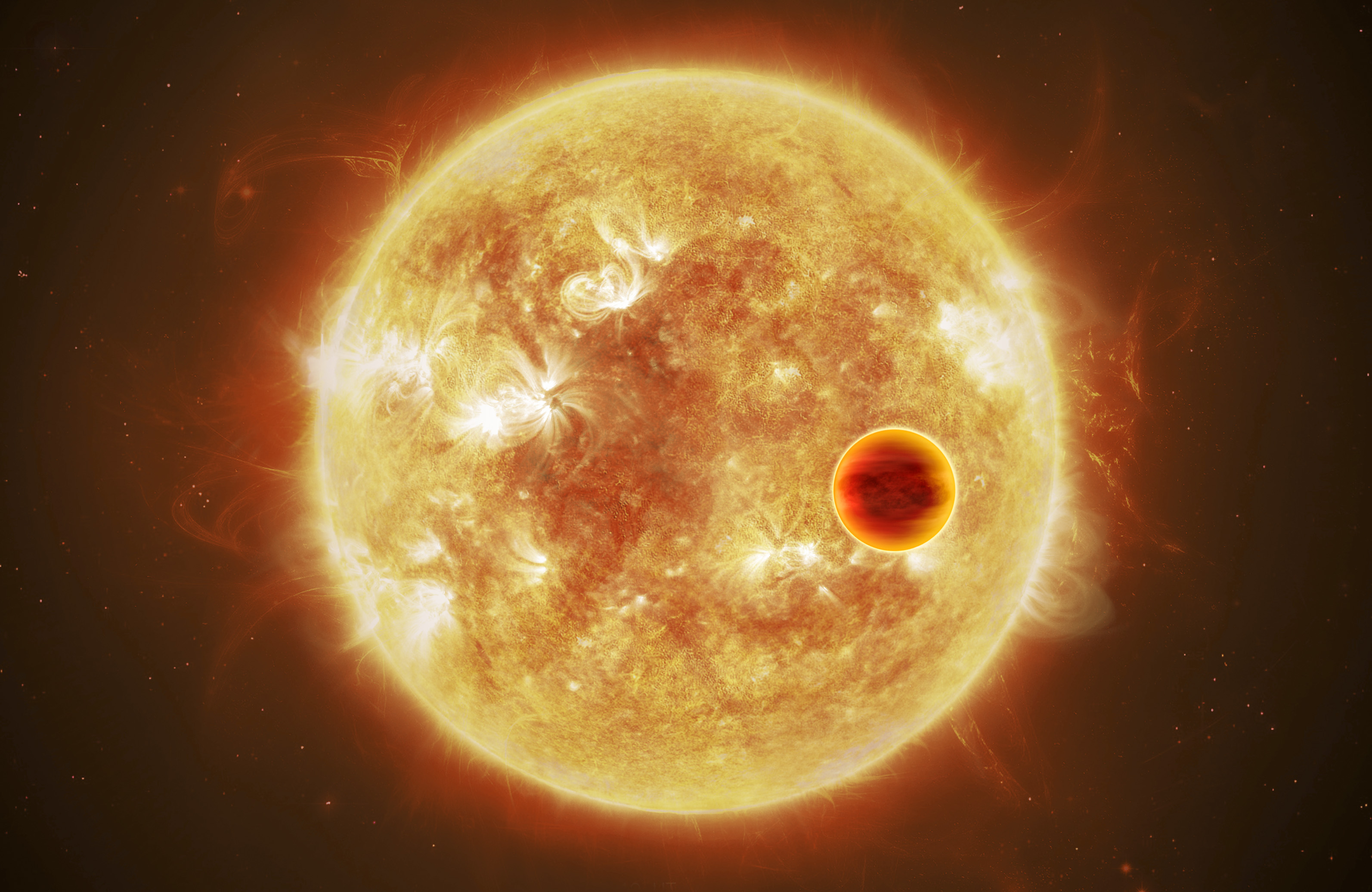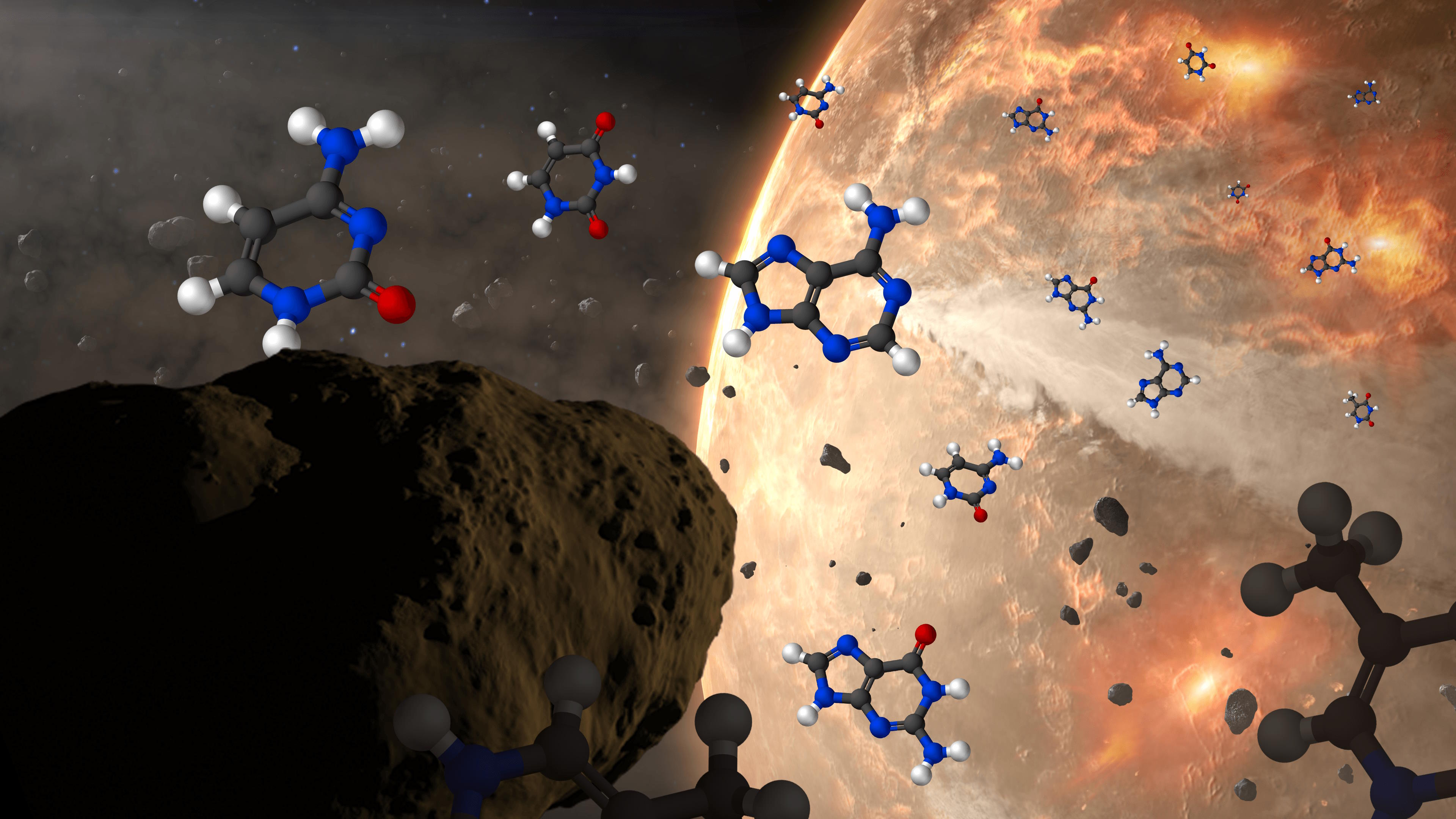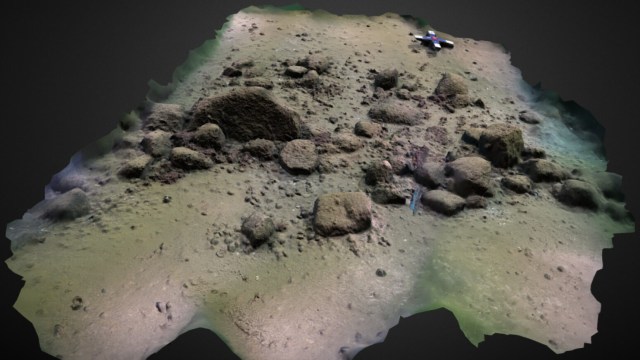Ask Ethan: How long will life persist in our Universe?
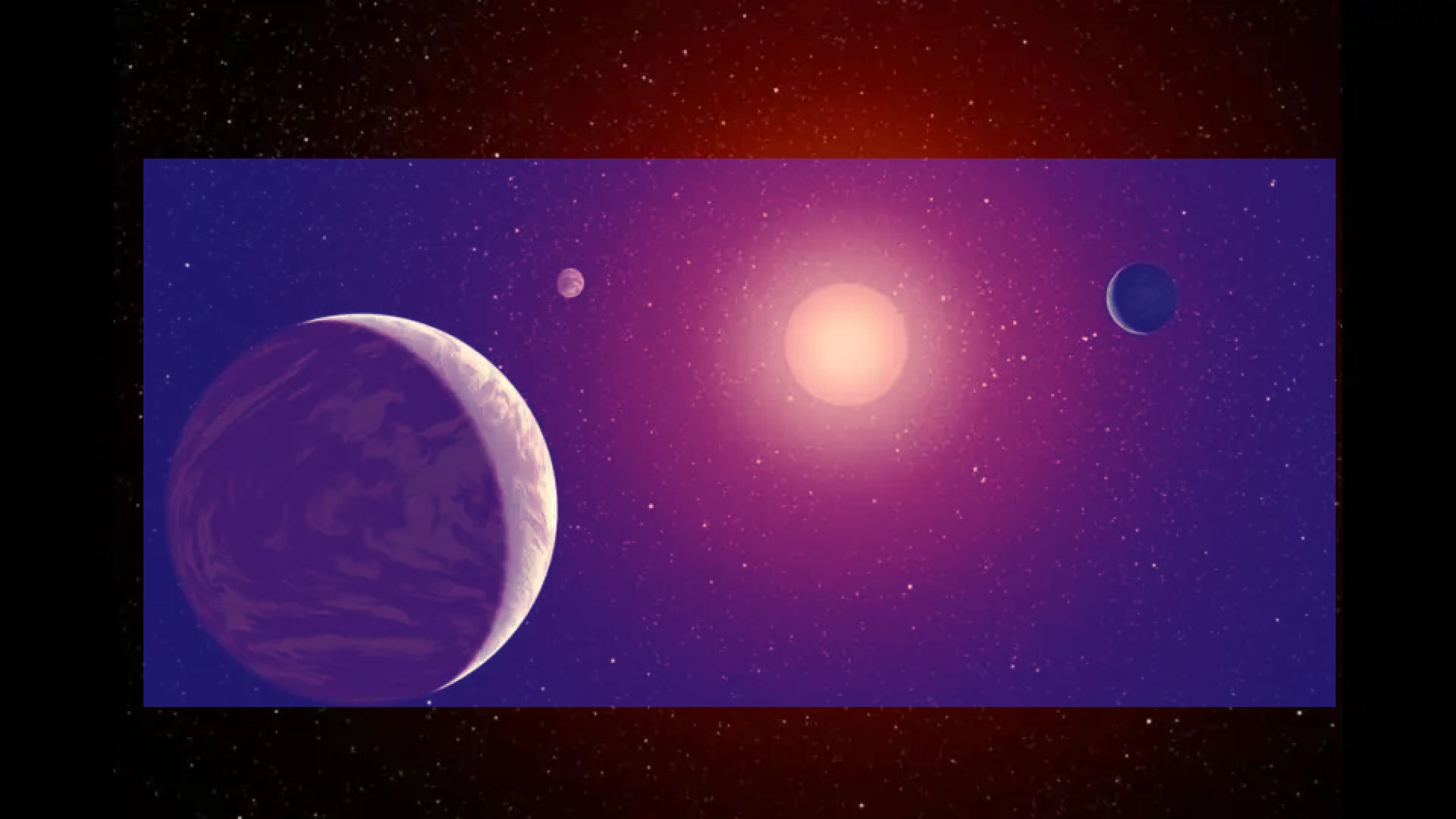
- Today, with the raw ingredients for life nearly everywhere, as well as plenty of Earth-size planets around Sun-like stars at the right distance for liquid water on their surfaces, we fully expect that life is plentiful.
- However, these life-friendly conditions won’t last forever. Star-formation rates are declining, Sun-like stars have finite lifetimes, and lower-mass, longer-lived stars may be too violent to support life.
- Does that mean the Universe won’t be hospitable to life for much longer? Or will life, as the saying goes, “find a way” even with these cosmic difficulties facing it in the future? Here’s what science knows today.
One of the most humbling aspects of our Universe is the knowledge that, with enough time, all things will eventually pass away. New stars and stellar systems, while they’re expected to keep forming for many billions or even trillions of years to come, are on the decline, with the current star-formation rate only about 3% of what it was at its peak some 11 billion years ago. Planets like Earth around stars like the Sun, while relatively common today, will be extremely rare in the far future. And the longest-lived stars, even if they have Earth-sized planets around them, might be poor candidates for supporting life due to their incredibly active behavior.
At some point in the far future, the last living world in the Universe will encounter its demise, signifying an end to what we know as biological activity within our cosmos. But when will this occur? And when and where will the last chances for intelligent life persist? That’s what Terry Dunn wants to know, writing in as follows:
“My question is about the likelihood of intelligent life in billions of years. M-Class stars are extremely hostile to life (as we know it). Planets in the Goldilocks zone are so close that they are tidally locked like our Moon and always show one side toward the Sun. So one side is blazing hot and the other is freezing cold, and M-Class stars give off huge amounts of dangerous radiation lethal to life (as we know it). So while there is certainly life in the universe now (but not nearby), is it likely there will be life in billions of years time?”
Although there are a healthy amount of uncertainties still involved, here’s the best story science has to tell about the answers at present.

Ingredients for a habitable planet
If you want to have life arise in the Universe, a planet (or world, in the case of a habitable moon, for example) might not be absolutely required, but it certainly provides an outstanding environment where life’s emergence is greeted by a slew of friendly conditions. That means that a certain amount of chemical enrichment — i.e., a great enough fraction of elements heavier than hydrogen or helium — needed to have been created prior to the formation of the star and stellar system you’re looking at. Back in 2022, the total confirmed exoplanet tally passed 5000 for the first time, and a remarkable set of facts emerged from analyzing which stars had planets around them at all:
- almost all of the planets, 98.2% of them, were found around stars that had at least 25% of the heavy element content found in the Sun,
- the remaining 1.8% of the planets were found around stars that had between 5% and 25% of the Sun’s heavy element content,
- and that no planets at all were found around stars with fewer than 5% of the heavy elements found in the Sun.
If you want to have a rocky world that gives life a habitat for surviving and thriving, we need to have enough heavy elements present, and that places restrictions on where, in the evolved galaxies throughout the modern-day Universe, such planets are capable of forming.
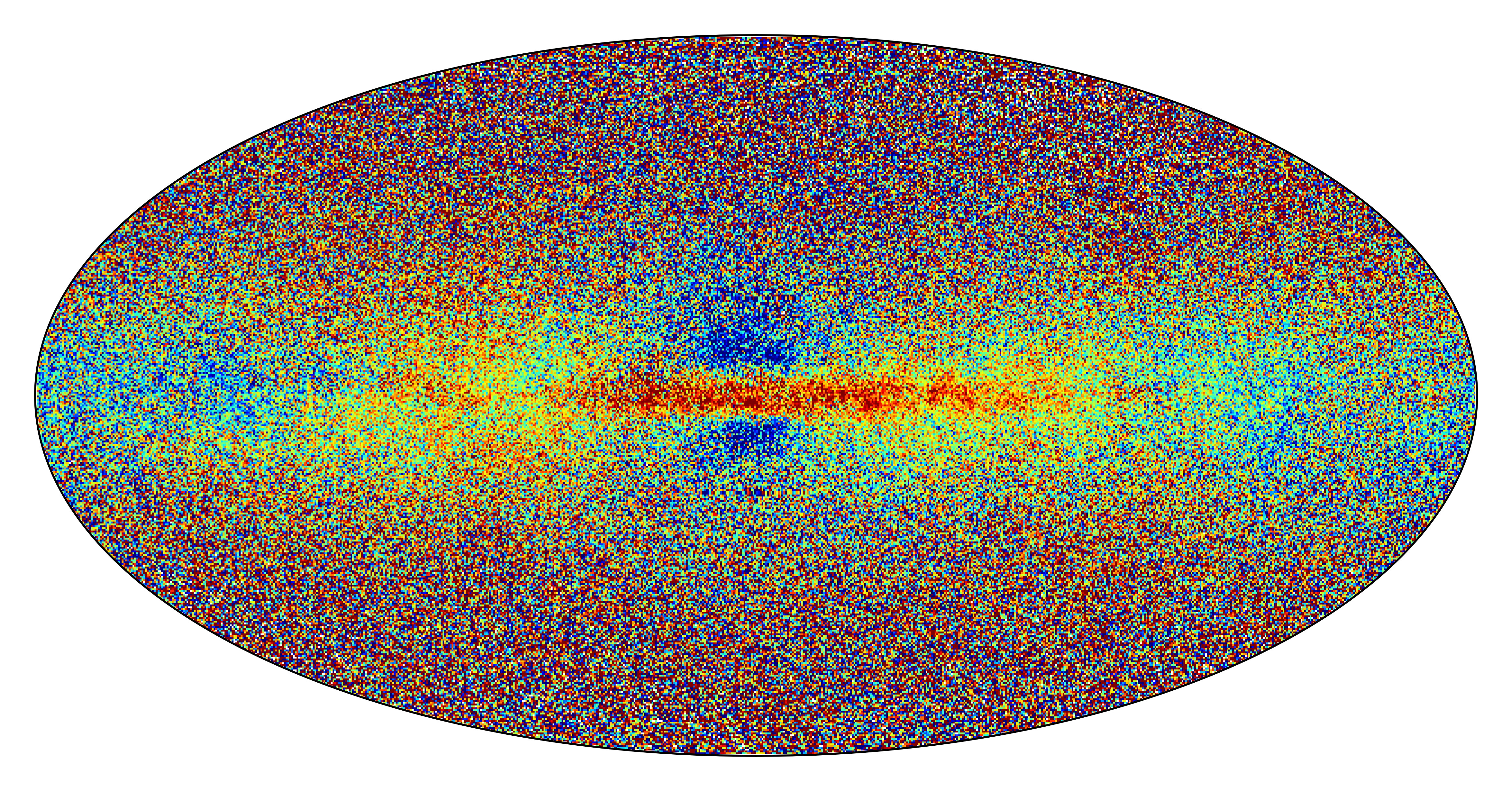
Stars and habitability
Planets provide the raw elements from which biochemical reactions become possible for life, but another needed ingredient for life’s emergence is a source of energy. While a star might not be the only possibility for providing such a source — as radioactive decay, tidal forces induced by a parent planet or large moon, volcanic activity, and other internal and external sources are all plausible — we know that the Sun provides the energy that powers nearly all forms of life on Earth. Choosing to have a star power the life on a world, however, places enormous restrictions on the types of life-friendly worlds that can arise.
For one, you have to have a good location relative to your star. If you find yourself too close to your parent star, the overwhelming heat, winds, and radiation coming from the star will do things like strip the atmosphere away or heat the surface up to the point where the only liquids that can exist on the world’s surface are lava-based. Similarly, if you find yourself too far from your parent star, you’ll be too cold and receive too little energy from the star for life to exist on the surface. (Although, life within a subsurface ocean, driven by internal heat, may still be a possibility.) That’s the idea behind what astronomers and astrobiologists call the “habitable zone,” which describes where, given an Earth-like atmosphere, liquid water will be possible on the planet’s surface.

Every star’s habitable zone is unique, determined by the star’s temperature and luminosity: its overall energy output. The brighter your star is, intrinsically, the wider and more distant from the star the habitable zone will be; the cooler and fainter your star is, intrinsically, the narrower and closer to the star its habitable zone will be. In our own Solar System, the habitable zone is thought to extend inward from Earth’s orbit to just slightly farther out than Venus’s distance from the Sun, but outward to right about where Mars is located, and perhaps just a little bit farther. Many scientists believe that if Mars were just a fair bit larger and more massive, it may have been just as suitable for life as Earth is, even over long periods of time.
However, this poses a big difficulty for stars that are more massive than the Sun. You see, planets require time to cool down once they initially form in order for life to arise on them; a world covered in volcanic activity where the only “oceans” are boiled away into the atmosphere are not exactly what one would call life-friendly, at least based on our current understanding of life. But for stars, the total stellar lifetime is also dependent on the star’s mass, which is intimately linked to its intrinsic brightness. This means that stars with more than about 150% the mass of the Sun may not provide good locations for life to arise and sustain itself at all.

Stellar mass and lifetime
There’s an old saying that goes, “The flame that burns twice as bright lives just half as long,” but for stars, the situation is far, far worse than that. The more massive your star is, the more fuel it has in its core to produce nuclear fusion, and so it’s no surprise that more massive stars shine brighter than their less massive counterparts. But what’s perhaps surprising is that the more massive your star is:
- the greater the maximum temperature in its core,
- the larger the core’s volume where nuclear fusion can occur (at temperatures exceeding ~4 million K),
- and the faster it burns through the nuclear fuel located within its core.
When you add all the cumulative effects together, what you find is that a star that’s twice as massive as another lives just one-eighth (about 12%) as long!
Furthermore, stars evolve over their lifetime by heating up, meaning that any inhabited planet only has a finite amount of time over which it can support life, before its parent star heats up so severely that its oceans boil away and any biological activity gets sterilized. On planet Earth, we probably have about another 1-2 billion years before that occurs, but on a planet around a significantly more massive star, any life that formed would’ve been sterilized long before it could have evolved into something complex, differentiated, and intelligent. Planets around more massive stars simply run out of time.
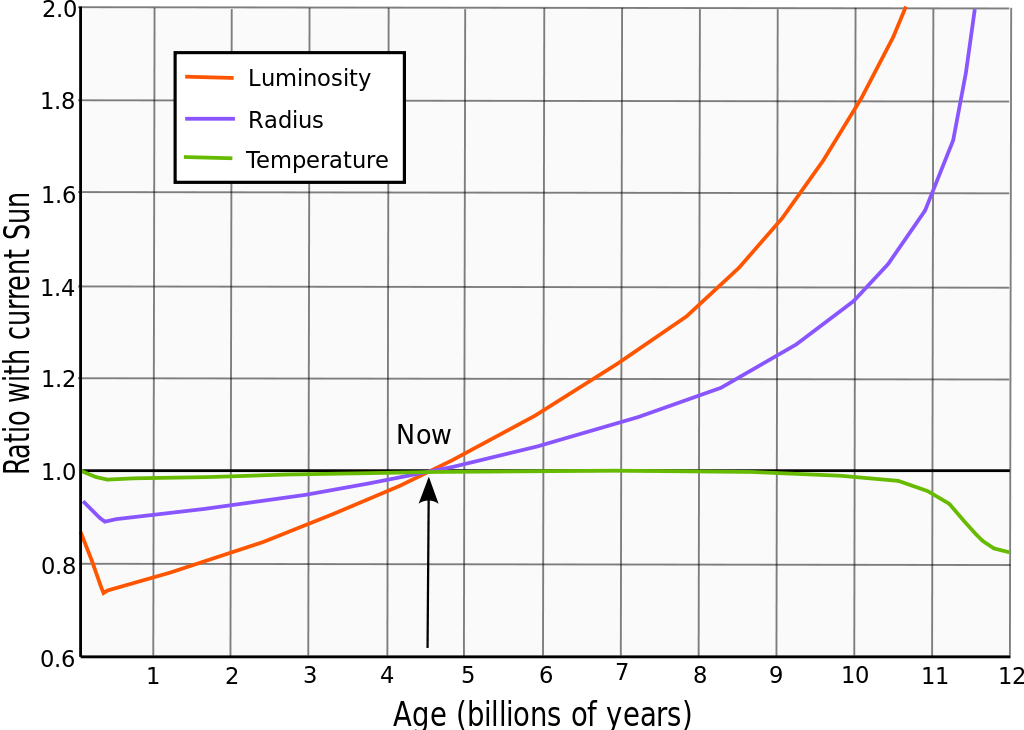
But this might make less massive stars even more attractive candidates for life, long-term, than stars like our Sun. This might sound counterintuitive at first, because planets around the longest-lived stars — the low mass ones that fall into the “M-class” according to astronomers, also known colloquially as red dwarf stars — face two major problems that aren’t present on a planet like Earth, which orbit around Sun-like (G-class) stars. Stars that are lower in mass than the Sun might live for hundreds of billions or even trillions of years, with the lowest-mass stars of all persisting for up to ~100 trillion years. These two problems they face are significant, but still might not be dealbreakers for life.
1.) Tidal locking. The distance from a more massive parent body, like a star, to the less massive orbiting body, like a planet, determines the timescale over which the less massive body becomes tidally locked to the more massive ones. Tidal locking is what happened to the Moon orbiting the Earth, and explains why one side of the Moon, the same side, always faces the Earth. Around M-class stars, all planets within what we call the habitable zone will become locked in only a few million years, tops, meaning that they’ll always have one scorching hot side that always faces their star and one freezing cold side that never receives direct light from their parent star.
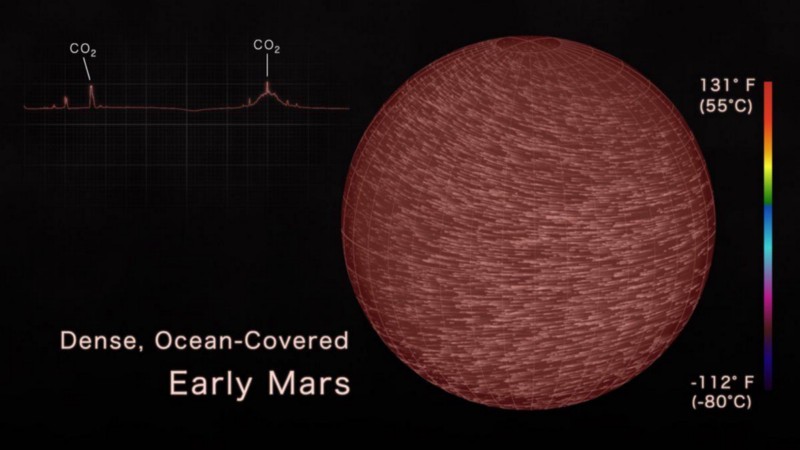
There are plenty of planetary scientists who think that this tidal locking disfavors life, as it creates a severe and permanent temperature gradient across the planet, which only spins on its axis once per orbital revolution. However:
- tidal forces on the planet will heat the planetary core,
- which could enable the production of a (not necessarily needed) protective magnetic field and lead to more volcanic outgassing,
- which could prevent the atmosphere from being stripped away,
- and whereby atmospheric circulation could enable liquid water, and possibly life, not just in a narrow “ring” along the day/night border, but in regions extending well onto both the day and night sides.
In other words, this “tidal locking,” while it might seem unusual to us here on Earth, might not be a blocker to life arising and thriving.
However, there’s also the second major problem that planets around lower-mass stars must contend with.
2.) Flaring activity. This problem, however, is serious. Whereas a star like our Sun is only extremely slightly variable — with its energy output increasing by only a few percent every billion years and changing by no more than ~0.1% over even the extremes of the solar cycle — all of the low mass stars we’ve observed remain tremendously active and variable, even billions of years after their birth. Red dwarf stars have starspots, similar to sunspots, that are enormous, and can cover up to half of the star’s area. Despite emitting much less light than the Sun, they frequently emit energetic, X-ray and ultraviolet-rich flares, all capable of stripping an orbiting planet’s atmosphere away.
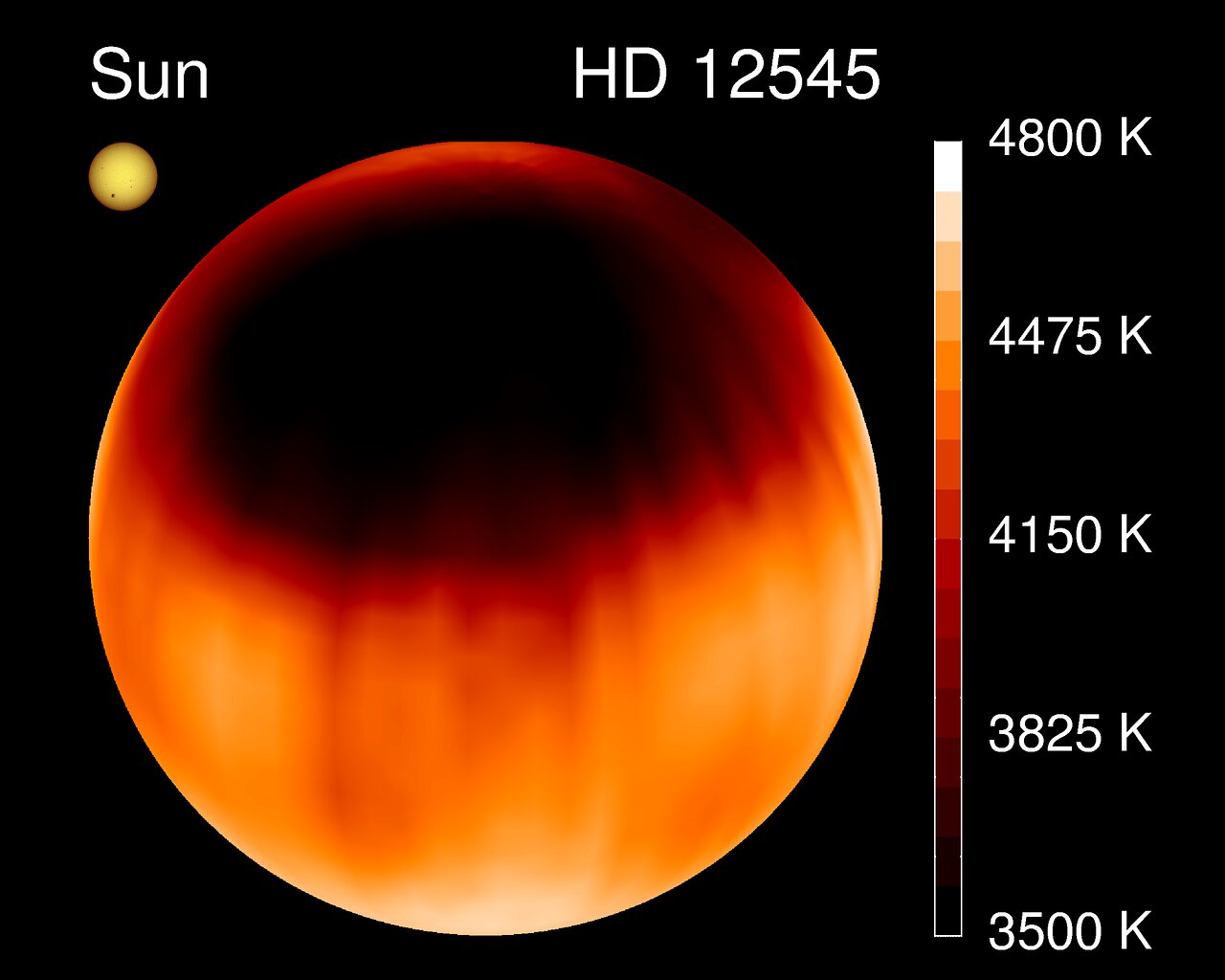
Many have conjectured that this type of stellar activity renders these planets completely uninhabitable, but there’s an important caveat there: for the time being. You see, our Sun and all stars were once like that, too: active, flare-rich, and frequently emitting ionizing and atmospheric-evaporating radiation and particles. But over long enough timescales, a star like our Sun settles down into a more stable phase, allowing a steady dose of radiation that hardly varies in temperature or intensity to strike any orbiting planet: what we know and think of as a set of conditions friendly to life.
It turns out that the amount of time it takes a star to settle down depends on the star’s mass. K-class stars (the class in-between a G-class star like our Sun and an M-class red dwarf star) may require hundreds of millions or even billions of years to settle down into a stable phase, but we’ve seen the older K-class stars reach this state of steady emission. For red dwarf stars, we fully anticipate that someday — but on timescales longer than the present 13.8 billion year age of the Universe — those stars will reach a stable phase as well. Even if they strip an orbiting planet’s atmosphere away early on, volcanic activity can replenish it, leading to the possibility that life will arise on such a world well into the far future: many trillions of years from now.
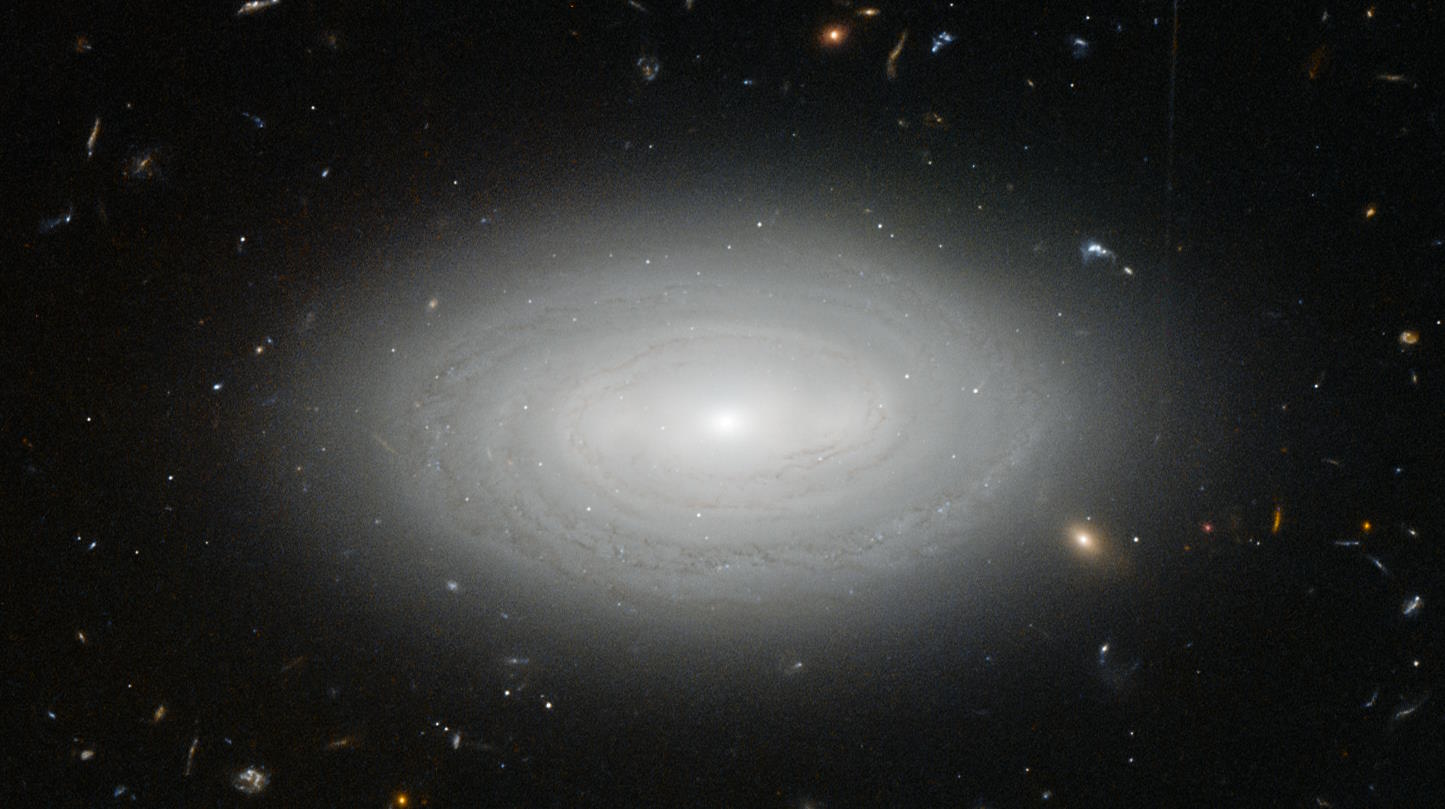
The long tail of star-formation and the last hope for life
However, at some point, a long, long time from now, stars will cease to form. The rate of star-formation across the Universe has been dropping ever since its heyday 11 billion years ago, and now sits at right around 3% of its maximum, while continuing to fall. Once a galaxy has lost all of the gas within it, it no longer has material capable of forming the next generation of stars, and so the highest-mass, shortest-lived stars all begin dying away with time. After a few billion years have gone by, only the lower-mass, redder-colored stars remain, and these galaxies become known as “red and dead.”
Massive galaxies near the centers of large galaxy clusters become red and dead the fastest, while isolated, gas-rich galaxies will last the longest, engaging in what’s known as quiescent star-formation for up to trillions of years to come, or possibly longer. In the locations where star-formation only proceeds slowly — at a trickle rather than in massive bursts — it’s possible that those gas-rich galaxies will keep on forming stars for up to quadrillions of years. Even once that stops, completely, there will be one final set of objects that merges to light up the cosmos for the last time: brown dwarfs, or failed stars, that eventually inspiral and merge.

When they get there, if their mass is sufficient, they can ignite fusion to form a red dwarf, and if the planetary conditions on any orbiting worlds are just right, life might arise and thrive once that star has settled into the stable phase of its life. All of this means, when we put the pieces of the puzzle together, the following opportunities for life.
- For the stars that exist, today, the lowest-mass ones will become habitable only after hundreds of billions or even trillions of years have passed, and may remain habitable for up to ~1014 (100 trillion) years.
- For the stars that haven’t formed yet, it’s possible that new star-formation will bring with it new chances for life, extending up to ~1017 (100 quadrillion) years into the future.
- And for the stars that will eventually form from the mergers of brown dwarfs, they may continue igniting for up to 1021 (one sextillion) years into the future, before gravitational interactions remove what we think of as “galaxies” from the picture entirely.
All of this, I should emphasize, comes along with a great deal of uncertainty and unknowns. After all, Earth, even in 2024, remains the only world we know of where life has ever arisen and continues to thrive. The possibilities for life, at least as we understand it, remain varied and ubiquitous, and should be plausible even far into our Universe’s cosmic future, even if our cosmic home won’t be habitable for much longer. In a Universe with so many worlds and so many biochemical possibilities — past, present, and future — it would be foolish to assume that the way things unfolded here represent the only reasonable pathway to success.
Send in your Ask Ethan questions to startswithabang at gmail dot com!
